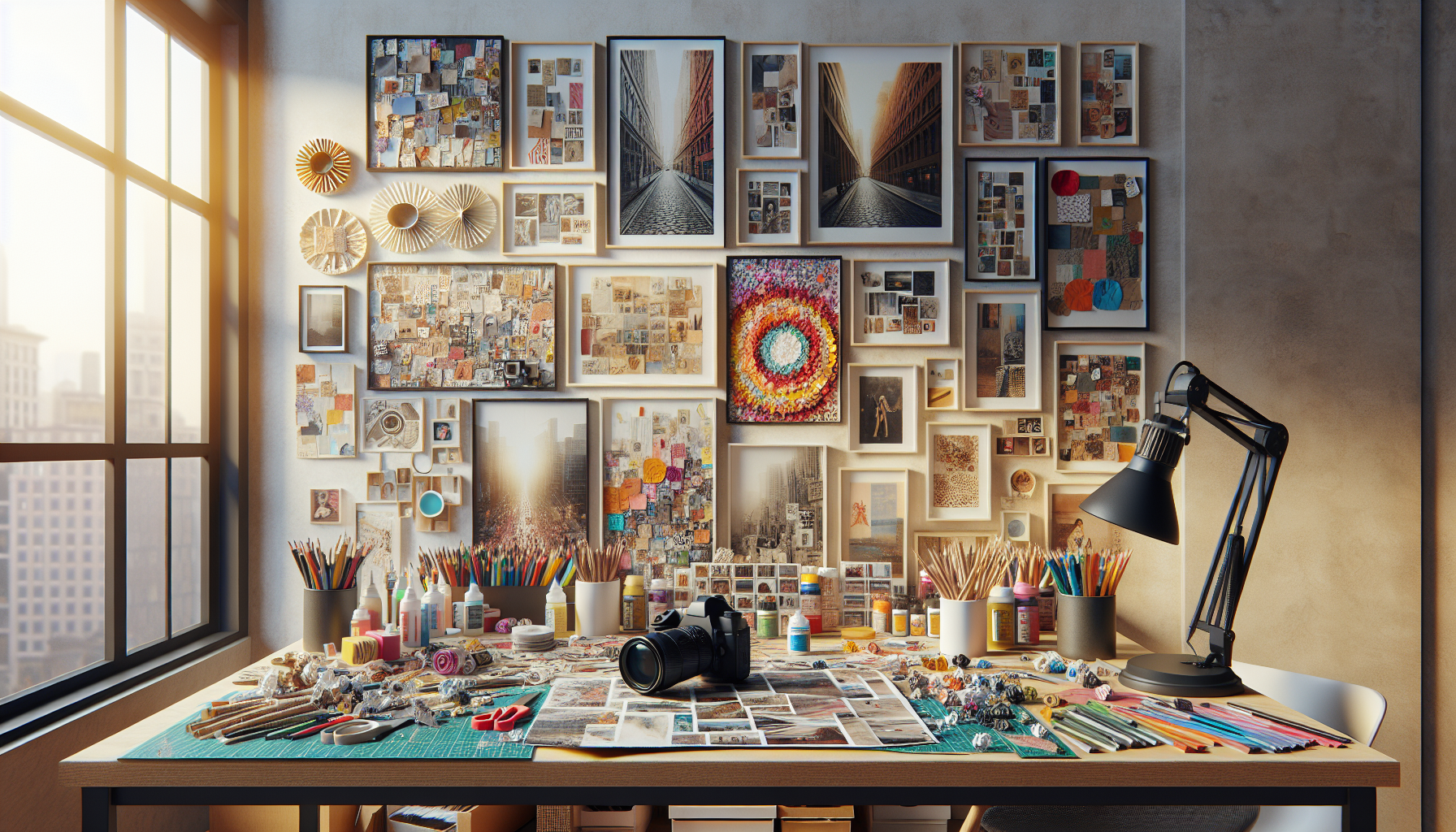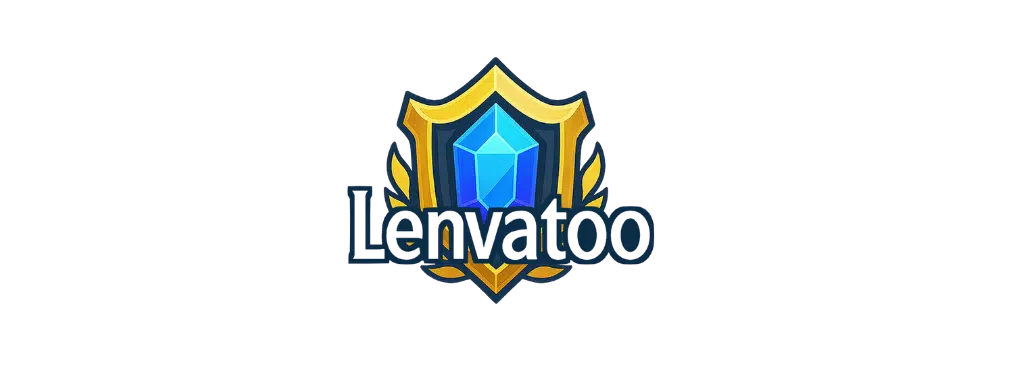Anúncios
In the ever-evolving world of photography, where every click of the shutter captures a moment in time, the quest for uniqueness and expression is a never-ending journey. As artists and photographers, we are constantly seeking ways to push the boundaries of creativity, to merge the real with the surreal, and to tell stories that resonate on a deeper level. Enter the captivating realm of mixed media, a dynamic fusion of photography and collage techniques that promises to elevate your artistic expression to unprecedented heights. 📸✨
Anúncios
Imagine a canvas where your photographs intertwine with textures, colors, and fragments of paper, creating a symphony of visual storytelling. Mixed media is not merely an art form; it’s a powerful tool that allows you to transcend traditional photography, blending reality with imagination. In this article, we will embark on an exciting journey to master the art of mixed media, exploring its history, the tools you need to get started, and a step-by-step guide to crafting your own mesmerizing collages. We’ll delve into the techniques that allow you to seamlessly integrate diverse elements, transforming your photographs into evocative works of art that capture the viewer’s attention and spark their imagination.
Anúncios
Throughout our exploration, we’ll discuss the importance of selecting the right materials, from textured papers to vibrant paints, and how these choices can dramatically impact the final composition. We’ll also explore the digital realm, where software tools open up new possibilities for blending and manipulating images with precision. You’ll learn about the influential artists who have pioneered this medium, drawing inspiration from their groundbreaking works. Whether you’re a seasoned photographer looking to expand your creative repertoire or a novice eager to experiment with new techniques, this comprehensive guide will equip you with the knowledge and confidence to transform your photography into stunning mixed media masterpieces. Get ready to embark on a creative adventure that promises to redefine how you perceive and create art. 🎨📷
The Fusion of Photography and Collage Art
Photography has long been celebrated for its ability to capture reality and freeze moments in time. However, with the advent of mixed media techniques, photographers are increasingly exploring new dimensions by incorporating collage into their work. The fusion of photography and collage art enables photographers to transcend traditional boundaries, creating pieces that are not only visually captivating but also rich in narrative and emotion. This approach allows for a deeper exploration of themes, as the juxtaposition of different images can create new meanings and interpretations.
Collage techniques in photography involve the creative assembly of various photographic elements, often combined with non-photographic materials. This can range from cutting and pasting physical photographs to digitally merging multiple images using software like Adobe Photoshop. The versatility of collage techniques offers endless possibilities for creativity, allowing artists to express complex ideas and emotions in unique and engaging ways.
One of the key benefits of incorporating collage into photography is the ability to layer different elements, creating a sense of depth and texture that is not achievable through traditional photography alone. This layering technique can be used to emphasize certain aspects of an image, guide the viewer’s eye, or evoke a particular mood. Additionally, collage allows photographers to break free from the constraints of realism, enabling them to explore abstract concepts and create surreal, dream-like compositions.
Exploring Different Collage Techniques
There are numerous techniques that photographers can employ when integrating collage into their work. Each technique offers its own unique advantages and can be used to achieve different effects. In this section, we will explore some of the most popular collage techniques and how they can be applied to photography.
Physical Collage
Physical collage is one of the most traditional forms of collage art, involving the manual assembly of physical materials. This technique typically involves cutting and pasting photographs, printed images, or other materials onto a surface to create a cohesive composition. Physical collage can be a tactile and hands-on process, allowing artists to experiment with different textures and materials. The use of physical collage in photography can add a tangible quality to the final piece, making it more engaging for the viewer.
Digital Collage
Digital collage has gained popularity in recent years, thanks to the accessibility of image editing software. Programs like Adobe Photoshop allow photographers to seamlessly blend multiple images, adjust colors and contrasts, and add effects to create intricate compositions. Digital collage offers unparalleled flexibility, enabling artists to experiment with different elements and make adjustments with ease. This technique also allows for the incorporation of digital illustrations and graphics, adding another layer of creativity to the final piece.
Mixed Media Collage
Mixed media collage involves the combination of photographic elements with other artistic mediums, such as paint, ink, or fabric. This approach allows for a rich interplay of textures and colors, creating visually dynamic compositions. Mixed media collage encourages photographers to think outside the box, experimenting with unconventional materials and techniques to push the boundaries of their creativity. The use of mixed media can add a unique, handmade quality to the final piece, making it stand out from traditional photographic works.
The Impact of Collage on Visual Storytelling
Collage techniques can significantly enhance the storytelling aspect of photography. By combining multiple images and elements, artists can create complex narratives that evoke a range of emotions and interpretations. Collage allows photographers to construct visual stories that are not limited by the constraints of a single image, enabling them to explore intricate themes and concepts.
The use of collage in photography also allows for the exploration of themes such as memory, identity, and time. By layering images and elements, artists can create compositions that reflect the fragmented nature of memory, the complexity of identity, and the passage of time. This can result in powerful and thought-provoking pieces that resonate deeply with viewers.
Moreover, collage can be used to challenge traditional notions of reality and perception. By juxtaposing different elements, artists can create surreal compositions that blur the line between reality and imagination. This can prompt viewers to question their own perceptions and interpretations, leading to a more engaging and interactive experience.
Practical Tips for Mastering Mixed Media Collage
For photographers looking to incorporate collage techniques into their work, there are several practical tips that can help achieve the desired results. Understanding the basics of composition, color theory, and material selection is crucial for creating successful collage pieces.
- Composition: Pay attention to the arrangement of elements within your collage. Consider the balance, harmony, and focal points of your composition to ensure a cohesive and visually appealing final piece.
- Color Theory: Understand how different colors interact and complement each other. Use color strategically to evoke certain emotions and guide the viewer’s eye through the composition.
- Material Selection: Experiment with different materials and textures to add depth and interest to your collage. Consider using a variety of papers, fabrics, and found objects to enhance the visual impact of your piece.
For more inspiration and guidance, watch this insightful video on collage techniques in photography:
“Exploring Collage in Photography” – Photography Channel
Table: Comparison of Collage Techniques
| Technique | Advantages | Challenges |
|---|---|---|
| Physical Collage | Offers tactile quality, experimentation with textures | Time-consuming, requires physical materials |
| Digital Collage | Flexible, allows for seamless blending | Requires software skills, can lack tactile quality |
| Mixed Media Collage | Rich interplay of textures and colors | Can be complex to execute, may require multiple skills |

Conclusion
Conclusion: Mastering the Art of Mixed Media: Elevate Your Photography with Collage Techniques
As we journey through the fascinating realm of mixed media, particularly focusing on the integration of collage techniques into photography, it becomes abundantly clear that this creative endeavor is not just a fleeting trend but a powerful means of expression. Throughout the article, we’ve explored the origins, applications, and transformative power of mixed media in photography, offering insights into how artists and photographers can elevate their craft.
Firstly, we delved into the historical context, noting how artists like Pablo Picasso and Georges Braque pioneered the use of collage, laying the foundation for what would evolve into a vibrant form of artistic expression. Their revolutionary approach opened the door to endless possibilities, allowing modern photographers to push boundaries and redefine visual storytelling. By integrating various materials, textures, and images, photographers can create unique compositions that resonate on multiple sensory levels.
In our discussion, we highlighted several key techniques that can be employed to master mixed media. From the traditional cut-and-paste method to digital manipulation using software like Adobe Photoshop, the possibilities are as vast as one’s imagination. The tactile nature of physical collage offers a tangible connection to the art-making process, while digital tools provide precision and endless options for customization. Each approach offers its own set of advantages, allowing artists to choose the method that best suits their vision and style.
Moreover, we examined the role of mixed media in conveying complex narratives and emotions. By layering different elements, photographers can imbue their work with deeper meaning, challenging viewers to engage with the artwork on a more profound level. The juxtaposition of disparate images and textures encourages contemplation, inviting audiences to interpret and find personal connections within the artwork.
The importance of mastering mixed media extends beyond individual artistic growth. It also represents a significant shift in the broader art world, where traditional boundaries are increasingly blurred. As artists continue to experiment with and embrace interdisciplinary approaches, the definition of photography itself expands. This evolution not only enriches the medium but also fosters a more inclusive and diverse artistic community.
Incorporating mixed media techniques into your photography practice can lead to unexpected discoveries and breakthroughs. It challenges you to think outside the box, explore new materials, and embrace experimentation. As you embark on this creative journey, remember that there are no right or wrong ways to express yourself. The beauty of mixed media lies in its ability to adapt and evolve, much like the artists who wield it.
We encourage you, our readers, to apply what you’ve learned here. Whether you’re a seasoned photographer or a curious beginner, experimenting with mixed media can open new avenues of creativity and self-expression. Start small, perhaps by incorporating simple elements into your existing work, and gradually build towards more complex compositions. Remember, each step you take is a step towards mastering this captivating art form.
Share your creations and experiences with fellow artists and enthusiasts. By fostering a community of shared knowledge and inspiration, we can collectively elevate the art of photography. Discuss your techniques, challenges, and successes, and encourage others to embark on their own mixed media journey.
Additionally, we urge you to explore further resources and stay connected with the ever-evolving world of art and photography. Consider visiting websites like CreativeBloq and Colossal for more insights and inspiration. Engaging with a community of like-minded individuals can provide valuable feedback and fresh perspectives.
In conclusion, mastering the art of mixed media is not merely about acquiring a new skill but about transforming how you perceive and create art. It is a journey of exploration, experimentation, and expression. Embrace the challenges, celebrate the successes, and let your creativity soar. The world of mixed media is vast and inviting, and your unique voice has the power to inspire and influence others.
So, pick up your scissors, gather your digital tools, and let your imagination run wild. The canvas is yours to explore, and the possibilities are truly endless. We look forward to seeing how you elevate your photography through the transformative power of collage techniques. Remember, every masterpiece begins with a single idea—dare to dream, create, and inspire. 🌟
Thank you for being a part of this creative exploration. We can’t wait to see where your mixed media journey takes you!
